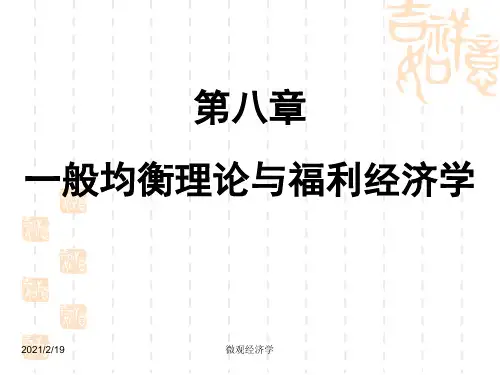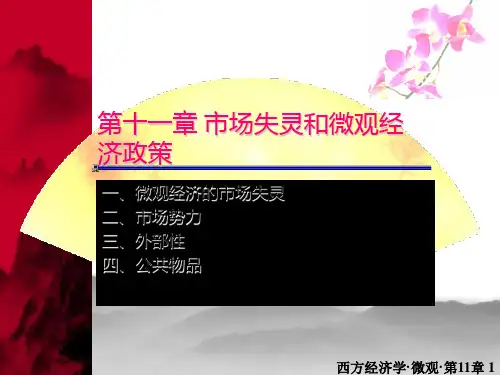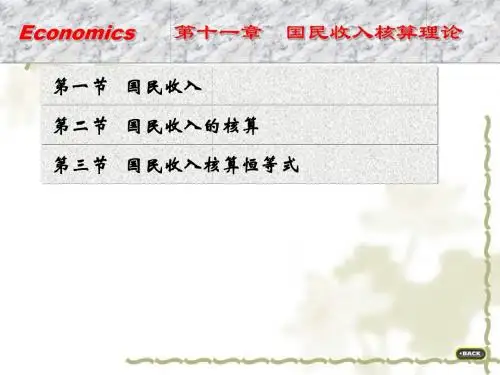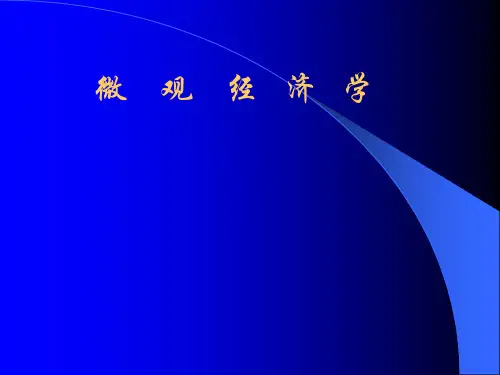5 41
Copyright © 2009 Pearson Education, Inc. Publishing as Prentice Hall • Microeconomics • Pindyck/Rubinfeld, 7e.
11.2
PRICE DISCRIMINATION
Second-Degree Price Discrimination
CHAPTER
11
Pricing with Market Power
Prepared by: Fernando & Yvonn Quijano
© 2008 Prentice Hall Business Publishing • Microeconomics • Pindyck/Rubinfeld, 7e.
● third-degree price discrimination Practice of dividing consumers into two or more groups with separate demand curves and charging different prices to each group. Creating Consumer Groups
Figure 11.2 Additional Profit from Perfect First-Degree Price Discrimination
Chapter 11: Pricing with Market Power
Because the firm charges each consumer her reservation price, it is profitable to expand output to Q**. When only a single price, P*, is charged, the firm’s variable profit is the area between the marginal revenue and marginal cost curves. With perfect price discrimination, this profit expands to the area between the demand curve and the marginal cost curve.










